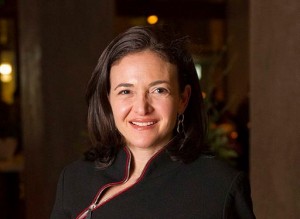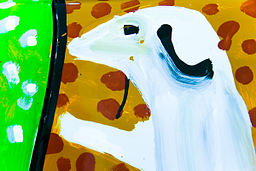 Oy, work can be so serious sometimes. We’re guilty of looking at the sober side of things — well, because we take work seriously, too.
Oy, work can be so serious sometimes. We’re guilty of looking at the sober side of things — well, because we take work seriously, too.
Just as Joseph Herscher does, and yet the product of his efforts brings about serious smiles.
Herscher is a kinetic artist who creates Rube Goldberg machines, contraptions that delight viewers with their silly premises and whimsical movements.
His work was recently featured in the Daily Mail, where you can see still shots of “Page Turner,” an installation that–you guessed it–turns a newspaper page. By tapping into his sense of whimsy, he’s created a complicated machine that prompts viewers to experience wonder, joy, and exhilaration.
And he’s wildly popular. The Internet has played “Page Turner” about 5 million times and counting. Herscher has attracted significant media attention, which will likely lead to more commissioned work. To be sure, this artist’s star is rising.
What would result if you were to reveal and engage the extent of your whimsical nature in the workplace? At least, you might bring some levity to your surroundings. And levity, wonderment, joy, and exhilaration are all things that can lead to increased engagement and productivity.
What are you waiting for? You, too, can help bring whimsy back to the workplace.
Watch his very watchable work below:
Image by Fletcher Lawrence via





